Drug firms seek cure to profit squeeze
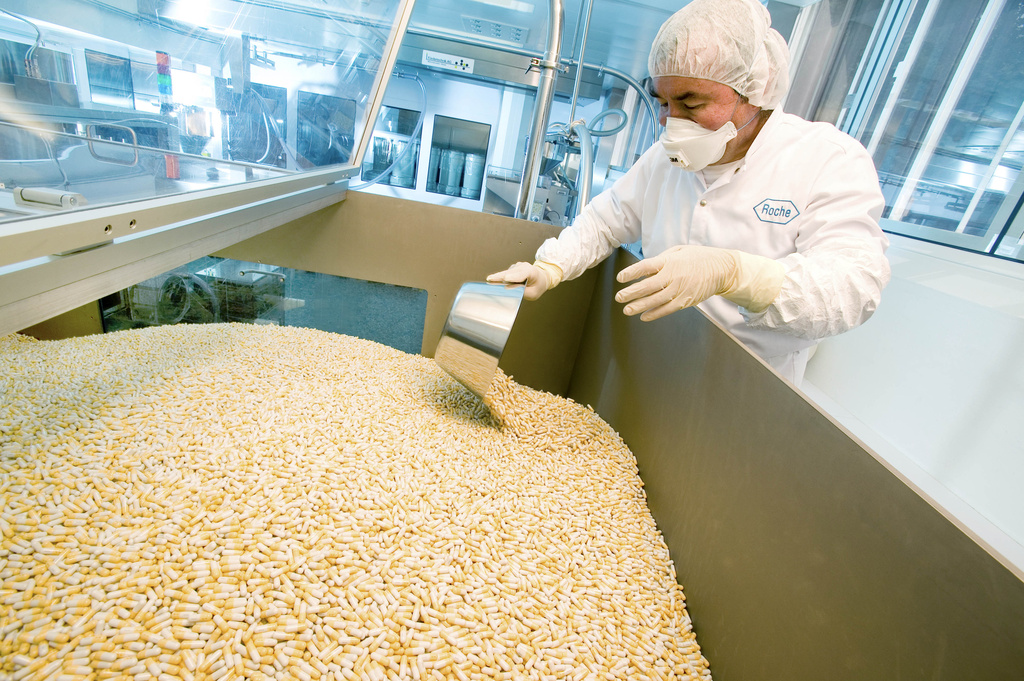
The financial crisis has finally caught up with the pharmaceutical industry as struggling economies overhaul healthcare systems and announce spending cutbacks.
Swiss giants Novartis and Roche reported relatively healthy balance sheets for 2010, but have warned of tough times ahead. The global recession has forced the United States, Japan and European states to demand more for less from drugs firms.
Roche estimates that the European and US healthcare measures will cost the group a combined SFr1 billion ($1.06 billion) in sales in 2010 and this year. Japanese price cuts also delivered a one-off dent to drugs sales of around SFr300 million last year.
“There will be a real change in the landscape,” Bank Sarasin analyst David Kägi told swissinfo.ch. “For most pharma companies this represents a 2-3 per cent drag on prices.”
Both Basel companies have launched plans to slash thousands of posts, mainly in sales and marketing – Roche announcing 4,800 job cuts (six per cent of its workforce) last November.
But each company is following a different strategic route, with Novartis diversifying into eye care with the takeover of Alcon last year and Roche continuing to concentrate on its core drugs pipeline.
Improve drug quality
A survey of pharmaceutical chief executives conducted by consultancy group Patrick Berger last year found that 67 per cent saw less value in relying on the production of blockbuster drug profits than in previous years.
Roche CEO Severin Schwan, took an alternative view, saying that the company would instead concentrate on producing even more efficient drugs to meet the expectations of increasingly tougher regulatory hurdles and spendthrift governments.
“The decisive factor to be successful in the future is to develop products that really make a difference for the patients, extend their life span or improve their quality of life,” he told swissinfo.ch. “That will be the decisive factor.”
“As pressure on the healthcare system increases, buyers will increasingly allocate resources only to those solutions where there is a real patient benefit. If you have a drug that provides real true value then society will continue to pay for such solutions.”
“Valid strategy”
Analyst David Kägi believes Roche is moving in the right direction, despite the company having to dump diabetes drug taspoglutide and receiving a rebuff by the US for using Avastin as a breast cancer treatment.
“It is a valid strategy as Roche’s biotech drugs are harder to copy by the generics industry than small molecular drugs,” he told swissinfo.ch. “Their range of innovative, differentiated products has worked well despite setbacks to specific products.”
Roche is also placing greater emphasis on its lesser known diagnostics division that develops products to aid early detection of illnesses in patients and that monitor the effectiveness of treatments.
Roche plans to roll out a combined drug and diagnostics treatment for melanoma skin cancer that it hopes will dramatically improve the 63 per cent rate of patients who die within a year of being diagnosed with the most aggressive form of the disease.
Diagnostics in limelight
The diagnostics business currently accounts for a fifth of group sales, but division head Daniel O’Day points out that its eight per cent sales growth last year easily outstripped sales of drugs.
The ability to identify the onset of disease early and to measure the efficiency of treatments will play an ever more important role as countries tighten their spending, he argued.
“[Countries] will have to decide who are the right patients to treat, how to treat them and what are the best results they can get.” O’Day said. “Even in this difficult macroeconomic environment you see diagnostics continuing to grow.”
The latest buzzword is “personalised” health care that better targets the right drug to the right person. Under such a system, treatments that do not pull their weight would be swiftly dropped by healthcare authorities.
“We know that on average 50 per cent of patients that receive medicines do not benefit at all. Worse still is that some of those 50 per cent may have side effects that make it worse,” O’Day told swissinfo.ch. “The cost to society is huge and it’s unsustainable.”
“The opportunities are tremendous to be able to personalise care and you can’t do that without diagnostics,” he added. “In the next five to ten years, health care will be delivered differently. This is the future.”
On Wednesday, Roche reported a 4% rise in full year profits from SFr8.51 billion in 2009 to SFr8.89 billion last year.
Sales fell 3% to SFr47.47 billion, but this was impacted by adverse currency exchange rates, reducing sales of influenza drug tamiflu and restructuring costs.
The diagnostics division reported a 4% increase in sales (8% when stripping out currency exchange rate effects).
The group is hoping to save SFr1.8 billion in 2011 through its cost cutting measures.
Roche has recommended a 10% increase in dividend payments to SFr6.60 per share.
Last week, Basel-based rival Novartis reported a 14% increase in annual sales to $50.6 billion (SFr47.8 billion).
Profits also rose by 18% to $9.97 billion from 2009. However, fourth quarter profits dived 6% as influenza vaccine sales declined.
Novartis’s drugs pipeline is more exposed than Roche’s to patent expiries, a contributing factor to the company’s reduced expectations this year.

In compliance with the JTI standards
More: SWI swissinfo.ch certified by the Journalism Trust Initiative
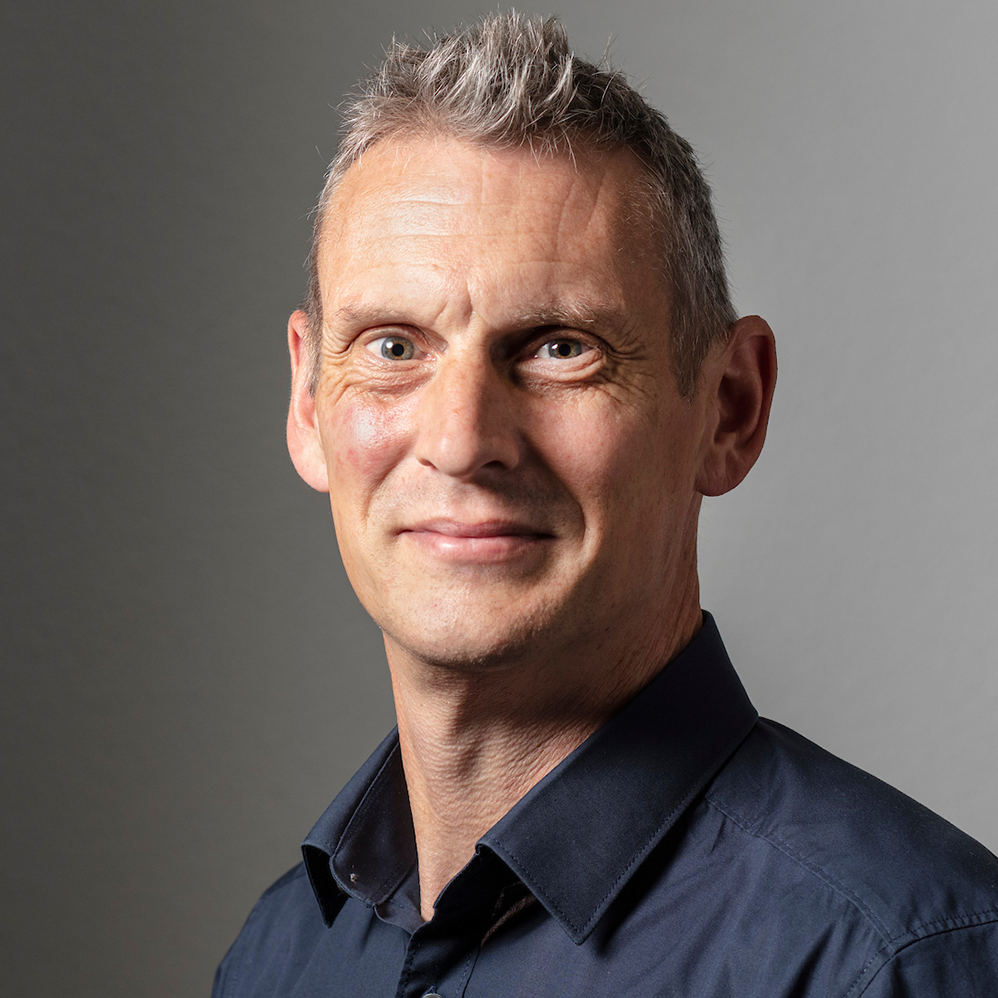
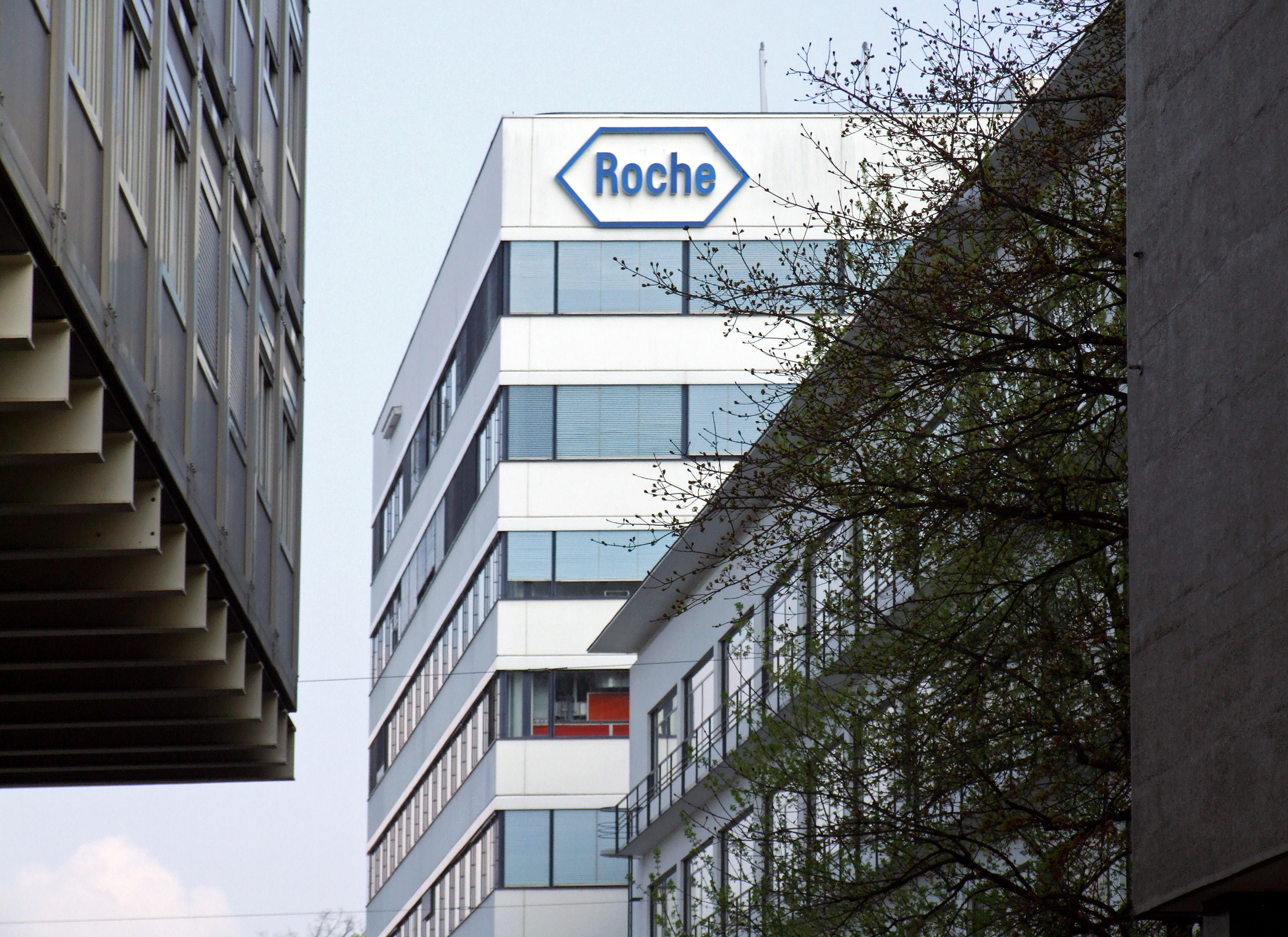
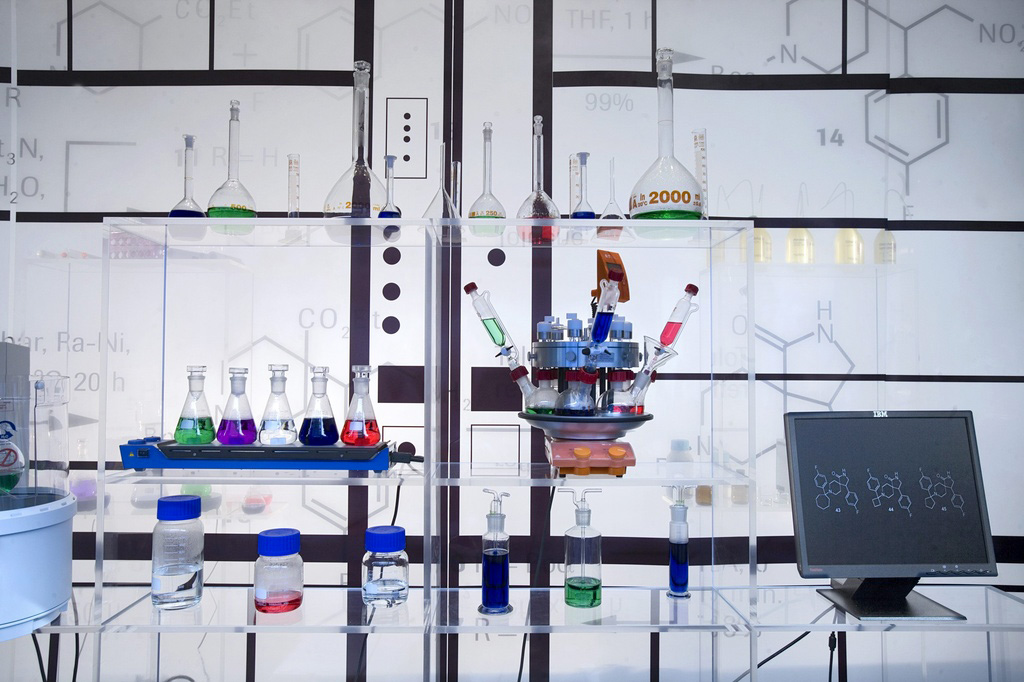
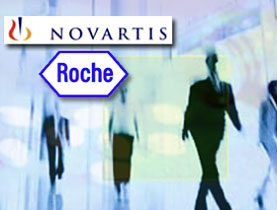
You can find an overview of ongoing debates with our journalists here. Please join us!
If you want to start a conversation about a topic raised in this article or want to report factual errors, email us at english@swissinfo.ch.